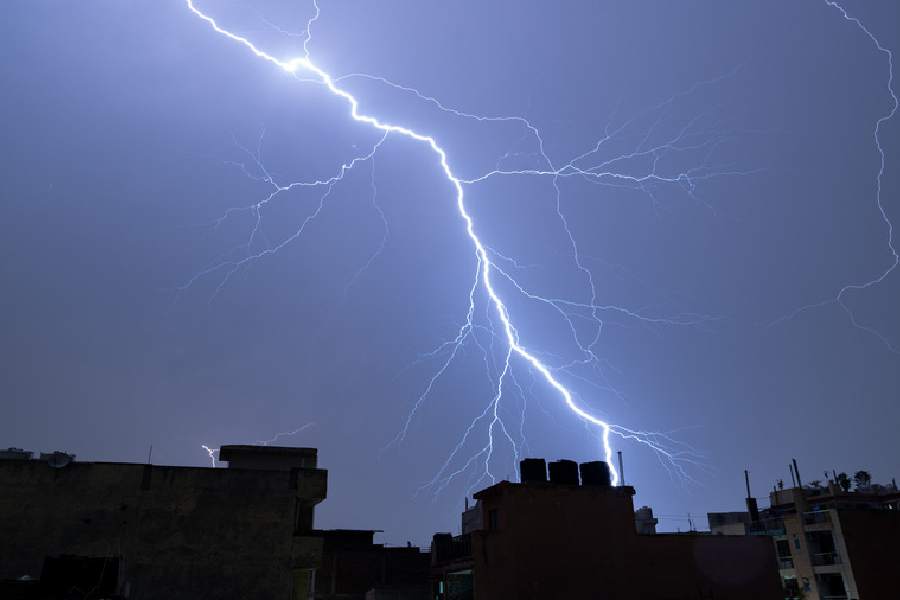It is a deadly statistic: global military spending reached a new record high in 2022, at $2.2 trillion in real terms, according to the Stockholm International Peace Research Institute. With the war in Ukraine showing no signs of easing up, mounting tensions in East Asia, and long-simmering conflicts across Africa and other parts of the world exploding, the increase is in itself not necessarily surprising. Nonetheless, it is deeply alarming at a time when hunger and malnutrition are on the rise globally and the number of people displaced by wars, climate crises and other tragedies has doubled in the past decade. These contrasting trends reveal the worrying priorities of many governments around the globe and point to the direct, though often unacknowledged, link between the weaponisation of the world and the insecurity and the violence that it breeds in turn. Europe saw its military spending rise to the highest levels since the final years of the Cold War. American expenditure increased despite the highest inflation in four decades. China and Russia remain the biggest spenders along with the United States of America.
But the greatest impact of increased military budgets is often felt in countries and regions far away from where companies manufacture killer weapons in the first place. India, the world’s fourth-largest military spender, illustrates this clearly. Its military spending rose 6% in 2022, more than the global average of 3.7%, almost entirely on the back of arms imports. This, at a time when the government education budget is stuck at under 3% of the GDP — half of the goal set in the National Education Policy. In the February budget, the Narendra Modi government cut funding for the mid-day meal scheme and slashed its allocation for the national rural jobs scheme, even though it promised to find more money if needed. At a time when unemployment remains high, the jobs that will gain the most from India’s defence spending are located in countries thousands of kilometres away. Pakistan, devastated by a failing economy and buried under debt, nevertheless increased its military spending. Lobbyists use raised defence budgets in one country to push rival nations to also spend more. This perpetual threat of war fuels a vicious cycle that leaves the world forever at the edge of conflict. The world needs more arms control, not new arms races. If India sees itself as a vishwaguru, leading this conversation globally would be a good place to start.










